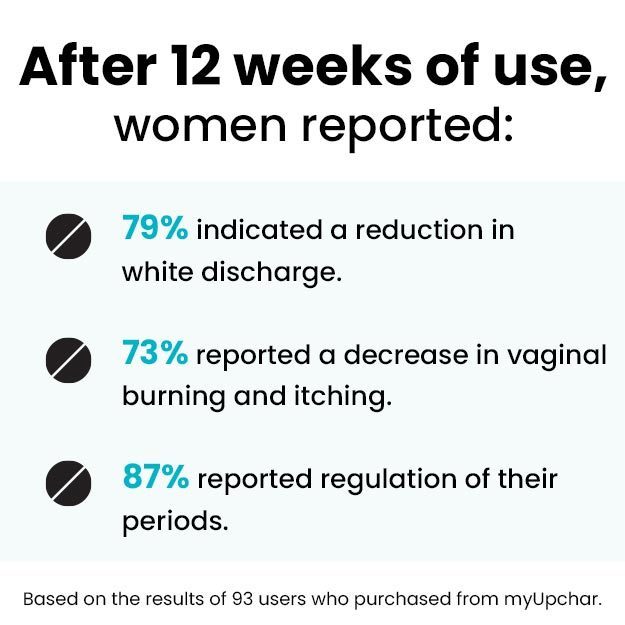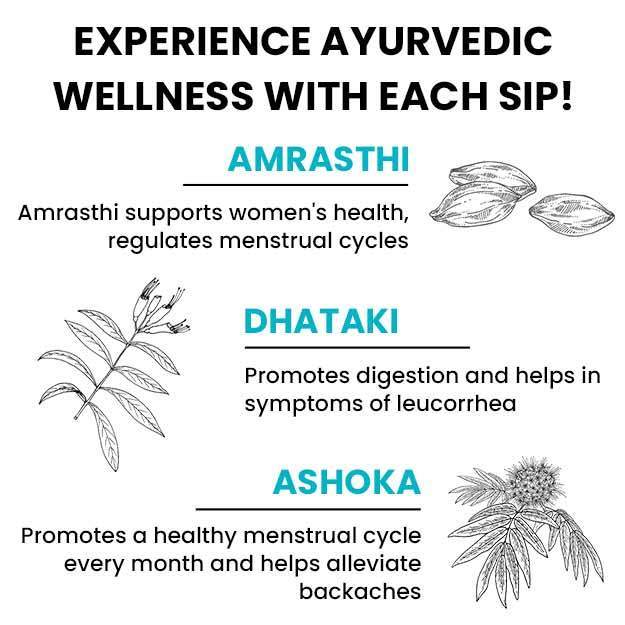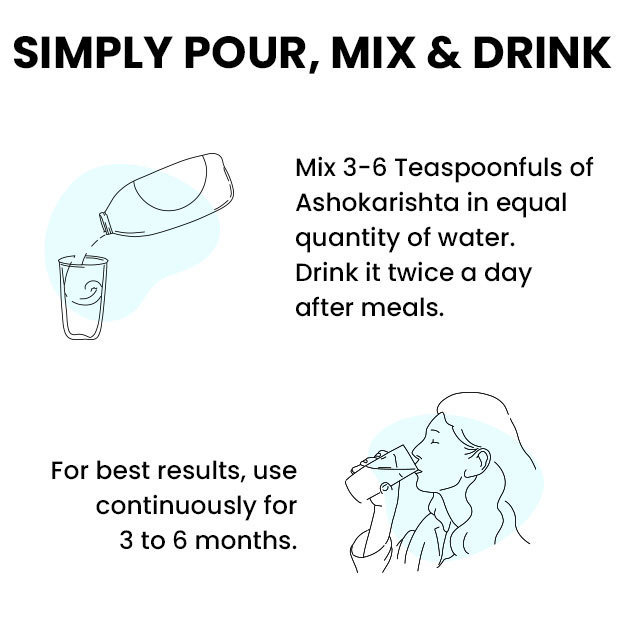Menstrual Hygiene Day is observed every year on 28 May, to reduce stigma and raise awareness about safe periods across the world.
The choice of date (28/5) is not a coincidence; the 28th day of the month was chosen in recognition of the fact that many women have a 28-day menstrual cycle, while five (May is the fifth month) is a reference to the number of days that many women have their period for.
To be sure, each woman’s experience of periods can be slightly different. For starters, the menstrual cycle can last anywhere from 21 to 35 days and the normal range for periods is two to seven days.
These variations can make it difficult to make generalisations about periods. However, knowing the basics can help you understand your body, your period symptoms and your health better. So read on.











































